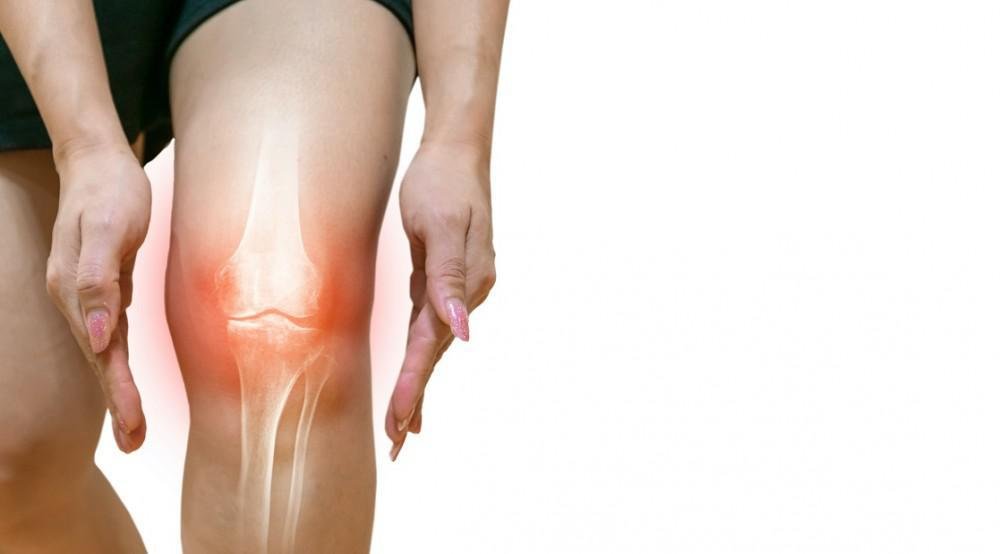ACL Rehabilitation
ACL rehabilitation begins before you go in for surgery, as it is critical to organize certain things to ensure a smooth transition post discharge. First thing should be to organize to see your physiotherapist to start off your rehabilitation. If you have seen your physio for prehab then a detailed timeline would have already been created. Getting this timeline completed is crucial to set key time points for the next 12 months.
Post surgery rehab has 5 principles:
Do no harm
adhering to the surgeon’s post-op orders to enable the knee to begin the tissue healing both at the surgical site and inside the knee
Local tissue capacity
building tolerance to loading the body gradually
Global performance
returning to walking, normal activities of daily living, returning to running, change of direction, sport specific skills, non-contact training and then full training and finally return to the game.
Skill development
straight line running, change of direction and sport specific skills.
CV Fitness
returning to brisk walking, cycling, swimming and running.
First things first:
Calming the knee
Reducing pain and swelling
Restoring range: Full knee extension first, then focusing on full flexion
Book now with us at Fieldwork Health to get started on your rehab program or for any other physio needs.
Phased approach
Phase 1: Protection phase
All about tissue healing, restoring quads and gait cycle
Using passive modalities where needed to reduce swelling and pain
Graduated exercises to keep moving and maintaining strength in the rest of the body
Utilizing the gym to do these exercises
Phase 2: Load introduction
Introducing loads and key lifting capacity
Building on the movements from the protection phase
Address any weaknesses to ensure they don’t become a problem later in the rehab to return to running, change of direction and the sport itself
Introducing strength to bring in a solid foundation for the upcoming phases
Introduction to the plyometric continuum: for safe return to straight line running and change of direction for later phases
Phase 3: Strength accumulation
Maximum strength and returning to running
The largest phase where the first of the 3 big milestones take place: return to running
Mini phases to introduce increasing strength the leg and whole body, with key recovery parts to ensure safe increases in strength
Building on the plyometric continuum
Incorporating field sessions for a safe return to running
Phase 4: Training integration
Return to training, power and sports specific skills
The most important phase leading into a return to any sporting games/competition
Will typically begin with a lot of restrictions: introducing training drills with the main group that is simple, easy to do and can include skills based maneuvers that is specific to your ball handling skills
Safe return to change of direction, acceleration/deceleration and tackling/getting tackled
Simulated games with less chaos and building to full game type scenarios
Phase 5: Return to performance
Return to play and return to perform
Continue to maintain or even improve their confidence, strength and bio-mechanics.
A program that will have a mix of plyometrics, balance and strength.
Each phase will have their own exit criteria and performance measures the patient should attain before moving on to the next phase. This is to ensure the person is appropriately ready and it is safe to transition to the next stage of their rehabilitation.
Need help with your rehabilitation?
If you are in need of ACL rehabilitation, here at Fieldwork we specialise in helping people post ACL surgery to get back to what they love doing, fast.
Simply click here and book in with our specialist Matt and we can start that rehabilitation program for you.
We look forward to helping you in the clinic!




